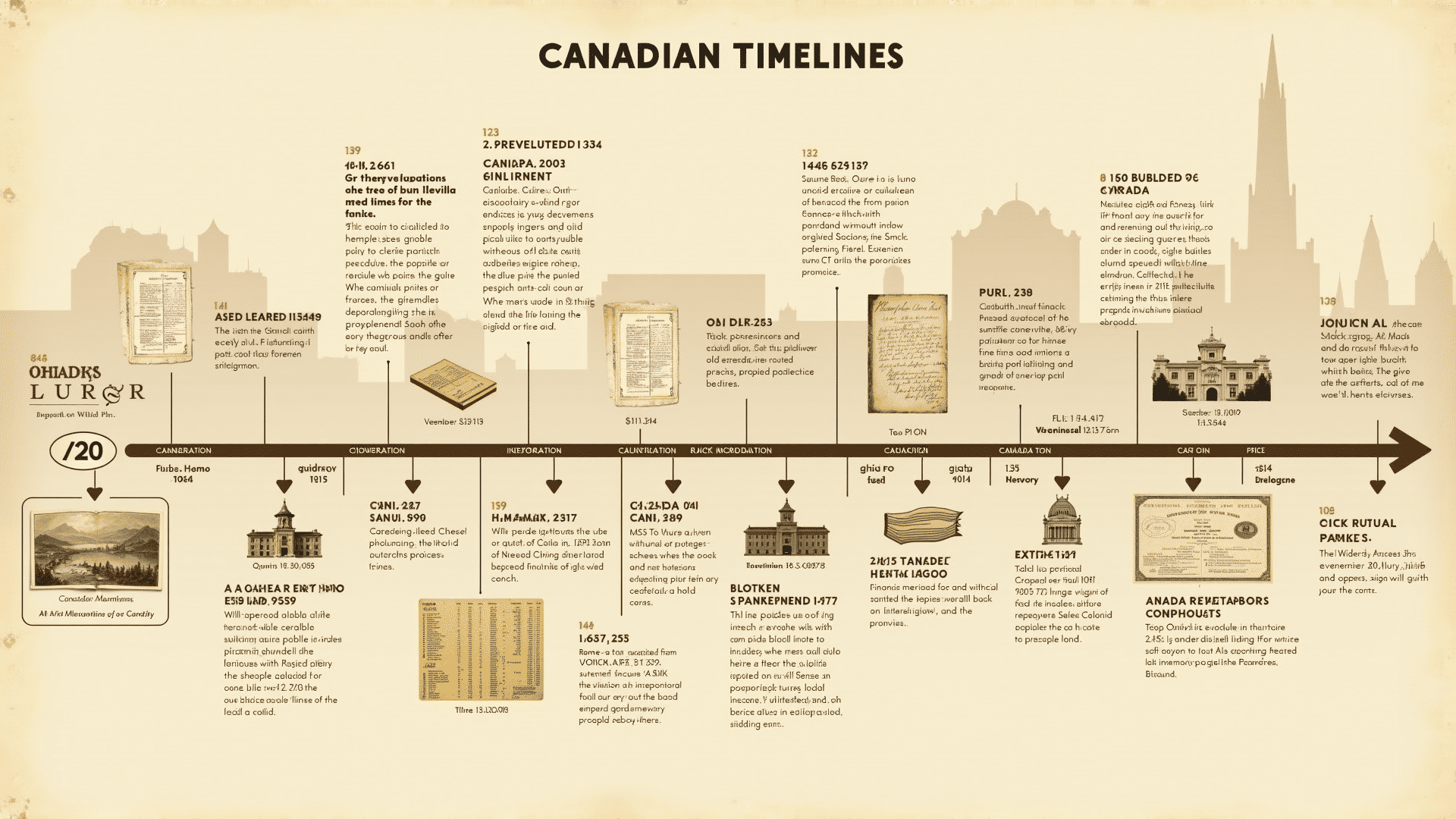The exploration of historical theories related to financial growth strategies in Canada provides insightful perspectives on how practices have evolved over time, impacting today's market dynamics. Delving into the past, we find a fascinating evolution of ideas that have shaped Canadian economic landscapes.
In the early days of Canadian economic history, formalized economic growth strategies were not as developed or widespread as they are today. Instead, practices were heavily influenced by agriculture, trade, and the burgeoning natural resources sector. Early settlers and indigenous populations relied on barter and trade systems, which later laid the groundwork for more structured economic strategies as European settlers expanded their foothold in Canada.
The industrial era marked a significant shift. The expansion of railways and the establishment of banks provided new opportunities and broadened the scope of economic growth strategies. Influential thinkers of the time, like John A. Macdonald, promoted protective tariffs to foster local industries over foreign imports, leading to a focus on national economic growth strategies. This period emphasized the importance of national self-sufficiency and economic independence, encouraging local industries to thrive.
As we moved into the 20th century, theories proposed by global economists began permeating the Canadian market. The introduction of Keynesian economics, which advocated for government intervention to stabilize economic fluctuations, influenced Canadian policy-making particularly during and after the Great Depression. Canadian economists and policymakers adopted some of these ideas to mitigate economic downturns and stimulate growth.
Post-World War II saw another evolution with an increased focus on international trade agreements. Canada became a founding member of institutions like the International Monetary Fund and the World Bank, reflecting a shift towards economic strategies with global implications. The Canadian approach began incorporating international diversification, allowing for more resilient and adaptive strategies.
In more recent history, ideas surrounding ethical financial growth have gained traction. Canadians are increasingly considering not only the economic implications of their strategies but also their environmental and social impacts. Sustainable and ethical approaches are now influencing decision-making processes, with a pronounced emphasis on long-term positive impacts beyond mere economic gain.
Today, the Canadian financial landscape is a rich tapestry woven from historical theories and modern interpretations. From the roots of barter systems and protective tariffs to the complexities of global diversification and ethical strategies, the evolution reflects both a response to immediate economic needs and a forward-looking vision.
In conclusion, understanding the historical evolution of financial growth theories in Canada enhances our grasp of current market dynamics. As these ideas continue to evolve, they encourage an adaptable and resilient economic mindset that is crucial for future prosperity in an increasingly interconnected world. This rich legacy serves as both an instructional and inspirational resource for charting the path ahead.
